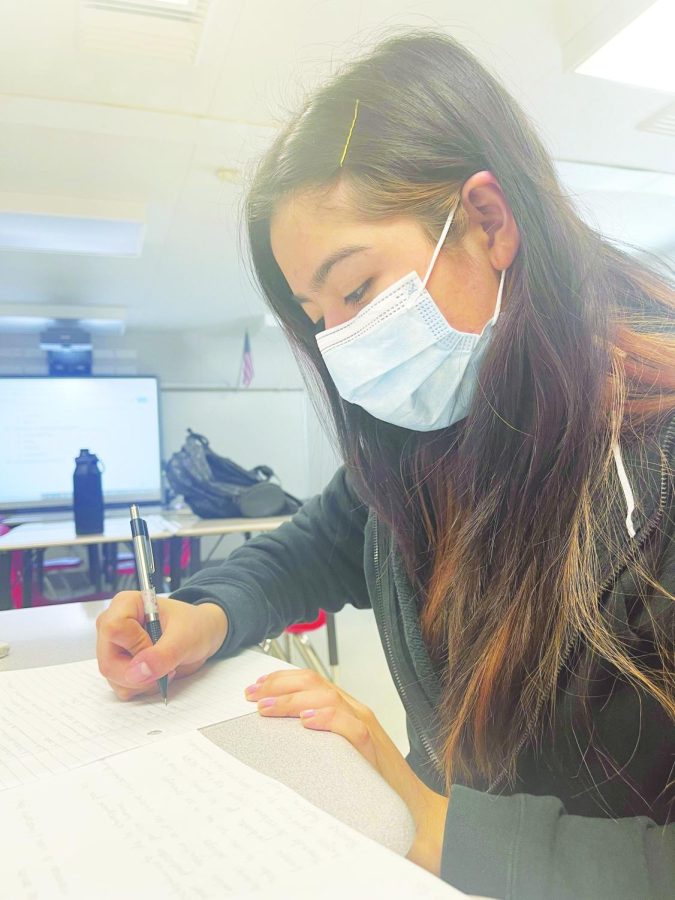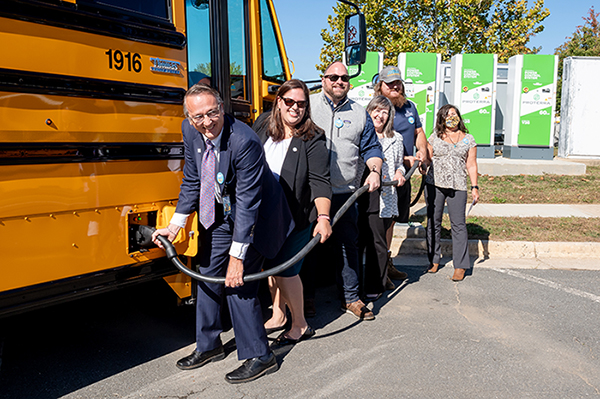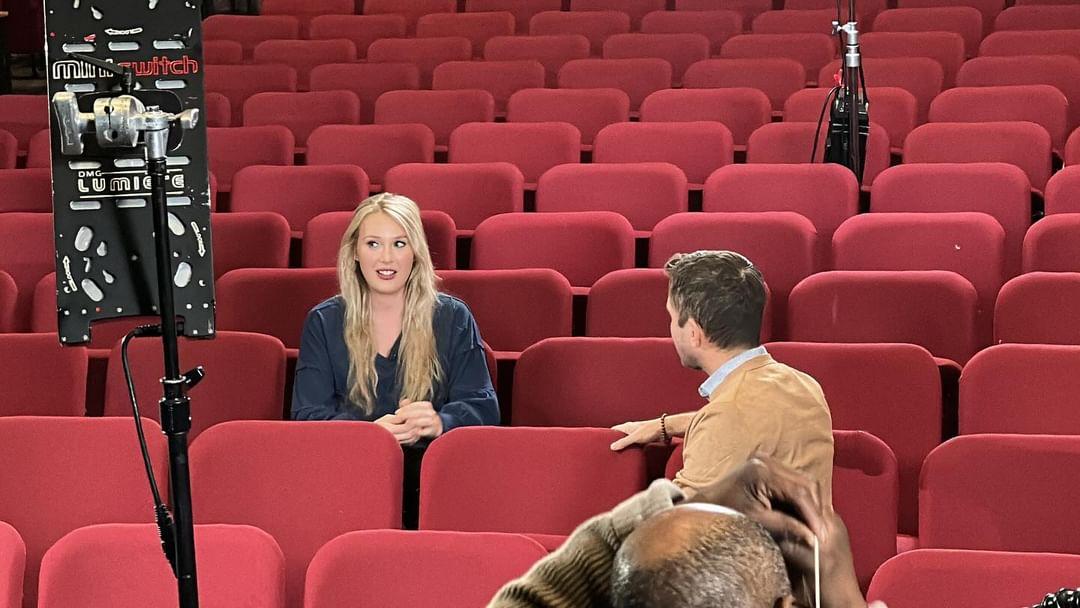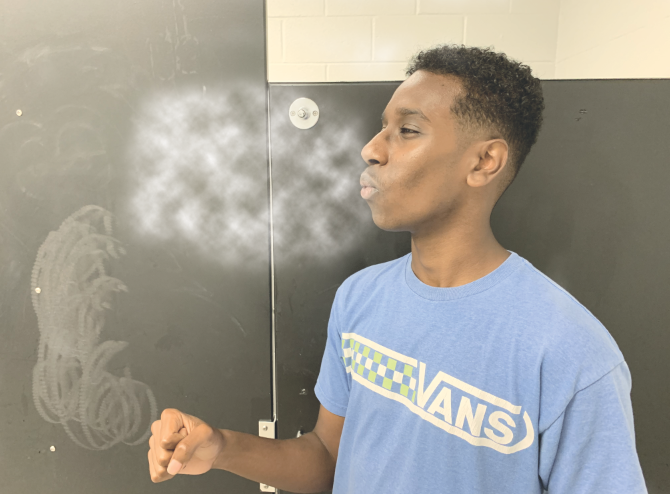
On Dec. 15, the school board voted to implement security cameras in schools. The initiative passed in a 8-4 vote. The issue first came to light after the Fairfax County High School Principals Association brought the issue to the school board, as an effort to reduce the amount of crime within schools. Now, it is up to each principal to decide if they want to install the cameras and how many they feel they need.
The administration has declined to comment at this time about whether or not AHS will receive cameras. Safety and Security Specialist Chris Tippins says that the process is still in the early stages. The policy first has to be approved by the county. Once the policy is approved, the FCPS Office of Safety and Security will do a walk-through to determine where the “hot-spots” are within the school and where the cameras should go. They will not go in any classrooms. Principal Vince Randazzo has to decide if AHS will receive the cameras.
Since the process is still in the early stages, Tippins does not know how this will affect the safety and security staff at AHS. He has never worked in a school that has interior security cameras before.
“Their roles are not going to change,” Tippins said.
The AHS PTSA was one of two PTSA’s to oppose the implementation of the security cameras. Some of the reasons included the monetary factor of paying for the cameras, as well as the invasion of privacy for students. Other parents were neutral about the issue.
“Now that the vote has taken place, I am encouraged by the fact that the board has given leeway to allow individual high school principals to work with their school communities to determine whether or not to move forward,” PTSA President Emily Slough said. “And I think continuing the dialogue between the AHS administration and the community would be welcome and might help shed more light on the pros and cons of this issue.”
When the vote took place, Mason District Member Sandy Evans, Mount Vernon District Member Dan Storck, Hunter Mill District Member Stu Gibson and At-Large Member Tina Hone all voted against the cameras. According to the Annandale Patch, Storck even proposed an amendment to postpone the vote until April 26 in order for Superintendent Jack Dale to compose a comprehensive report detailing the pros and cons of the issue and to allow for two more public hearings. The amendment failed 9-3.
Braddock District Member Tessie Wilson voted for the installation of cameras. Wilson believes the installation of exterior cameras at AHS was very helpful in limiting gang activity, which used to be a problem at the school. She wants people to understand that the cameras will not be used to moiniter live activity.
“The tapes will only be used after a serious incident has occurred to determine who may be responsible,” Wilson said.
Wilson feels she has received a lot of support from parents of special education students on this matter.
“Special education students are often bullied more often than regular education students, and these parents believe the cameras may show who instigated an incident in a way a verbal discussion could not,” Wilson said.
Evans did not agree with installing security cameras and along with voting against the measure, she was one of the three members to vote for Storck’s proposed extension.
“This proposal sends us down the wrong path,” she said. “Rather than creating an atmosphere of respect and trust, it says, “we’re watching you.”’
Evans cites that there is no evidence that the cameras reduce crime. She feels that unlike with the exterior cameras, she does not feel there is a specific goal in mind with the interior cameras. She is also worried about the cost, which is valued at $881,000. Evans believes that the cameras are a “poor use of our limited resources.”
“Parents are being told it’s for their child’s safety. But these cameras will at most give a false sense of security,” Evans said. “They can’t replace adult supervision, and they certainly can’t replace a safe and respectful environment.”
In the coming weeks, once the policy is approved, the administration will begin making decisions on how to proceed. Tippins believes that it’s possible that some high schools will move quickly to install the cameras.
“It’s totally possible that schools could have them at the end of the year,” Tippins said.











